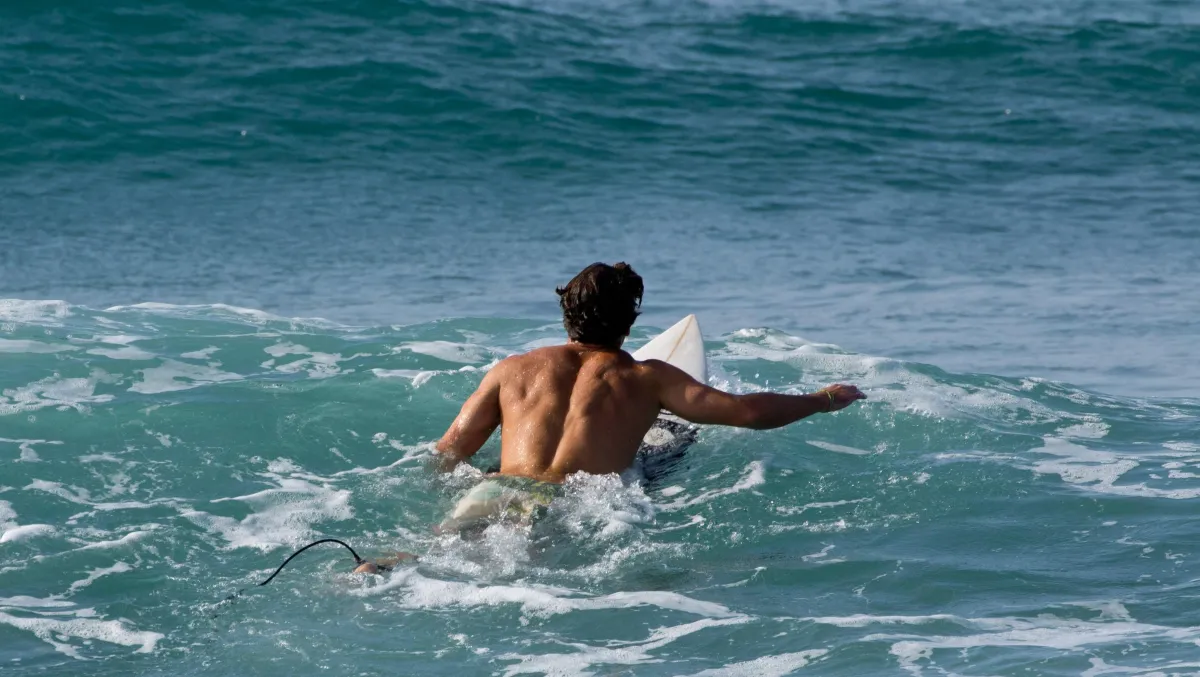
Debunking the Myths: Why Surfing Fitness Culture Has Been Getting It Wrong
Introduction
For decades, surf culture has perpetuated a narrow view of what constitutes "surf fitness." Yoga sessions on the beach, balance boards in the living room, and endless core exercises have dominated the training landscape. While these modalities certainly have their place, they represent only a fraction of what surfers truly need for optimal performance and longevity in the sport.
Today's top professionals are finally embracing more comprehensive approaches to physical preparation—but this shift has been painfully slow. Meanwhile, recreational surfers continue to follow outdated training paradigms that limit their potential in the water.
In this article, we'll explore the most pervasive myths about surf fitness, examine why they've persisted for so long, and provide practical alternatives that can help every surfer—from weekend warriors to dedicated dawn patrollers—improve their performance without necessarily setting foot in a traditional gym.
The Cultural Resistance to Strength Training
Surfing has long maintained a laid-back, go-with-the-flow ethos that sometimes views structured training with suspicion. The stereotype of the carefree surfer who relies solely on wave time to stay "surf fit" remains powerful—despite mounting evidence that this approach is insufficient for maximizing performance and preventing injuries.
This cultural resistance has created several persistent myths that continue to influence how surfers approach their physical preparation.
Myth #1: "Surfing is all about core strength and balance"
The Reality:
While core stability and balance are certainly important, surfing demands far more from the body. Research published in the Journal of Strength and Conditioning Research has demonstrated that successful surfers require:
Upper body pushing and pulling strength for powerful paddling
Lower body power for explosive pop-ups and turns
Rotational power for generating speed through turns
Muscular endurance for long sessions
Cardiovascular capacity for recovery between waves
Focusing exclusively on core and balance is like trying to build a house with only a hammer and screwdriver—you're missing most of the tools required for the job.
Myth #2: "Training on unstable surfaces is 'functional' for surfing"
The Reality:
Walk into any surf-focused fitness class, and you’ll likely see people performing exercises on BOSU balls, balance boards, and other unstable surfaces, supposedly to mimic the unstable nature of surfing.

However, research has consistently shown:
Force production decreases by up to 70% on unstable surfaces
Neuromuscular adaptations are compromised when stability is the limiting factor
Transfer to actual surfing performance is minimal compared to properly programmed strength work
“You don't need to stand on a BOSU ball to do squats. That's not functional—it's just making a basic movement unnecessarily complicated while reducing its effectiveness.”
— Sam Guy, Co-founder of Surf Performance Systems
Myth #3: "Yoga is the only cross-training surfers need"

The Reality:
Yoga provides valuable benefits like improved mobility, breath control, and mental focus. However, it has limitations:
Lacks progressive overload, which is key for developing strength
Does not adequately develop power
Doesn’t match the intermittent high-intensity demands of surfing
Yoga works best as one component of a comprehensive training approach—not as a standalone solution.
Myth #4: "Strength training will make you bulky and slow"
The Reality:
Many surfers avoid strength training due to fears of becoming too muscular or losing flexibility. But properly designed programs for surfers focus on:
Relative strength (strength-to-weight ratio)
Movement quality through full ranges of motion
Power development, not hypertrophy
Complementary mobility work
The result? Improved performance without unnecessary bulk. Just look at pros like John John Florence, Gabriel Medina, and Carissa Moore—all of whom incorporate strength training while maintaining lean, functional physiques.
The Professional Evolution
Top surfers now work with strength and conditioning coaches, sports scientists, and performance specialists to optimize every aspect of their preparation.
This shift has coincided with the evolution of progressive surfing, where aerials, power turns, and big wave performances demand strength and resilience far beyond what surfing alone can provide.
Practical Solutions for Recreational Surfers

Even without a gym or coach, recreational surfers can make meaningful progress with the right strategies. Here’s how:
1. Bodyweight Strength Development
Build strength using fundamental movement patterns:
Push-ups (standard, decline, archer)
Pull-ups (using a door frame or tree branch)
Split squats and pistol squat progressions
Plank variations and hollow body holds
Tip: Apply progressive overload—increase difficulty via tempo, leverage, or household resistance.
2. Power Development at Home
Train explosiveness with minimal equipment:
Explosive push-ups (clap, depth)
Squat and split jumps
Medicine ball throws (or a filled backpack)
Lateral bounds and hops
Tip: Do these when fresh, with full rest between sets. Focus on intent, not fatigue.
3. Structured Mobility Work
Target common restrictions instead of random stretching:
Thoracic spine rotation and extension
Shoulder mobility in all planes
Hip internal rotation and extension
Ankle dorsiflexion
4. Cardiovascular Conditioning
Mimic surfing’s high-intensity intervals:
Interval training: 30–40s high intensity / 60–90s recovery
Steady-state sessions for base fitness
Swimming for paddling endurance
Building Your Own Approach
Here’s a sample weekly routine:
2–3 strength sessions (30–45 minutes each)
1–2 power sessions (15–20 minutes each)
Daily targeted mobility (10–15 minutes)
2 cardio sessions (varying intensity and duration)
The key: Stay consistent. Track your progress. Gradually increase intensity over time.
Conclusion
Surf fitness culture is evolving—but slowly. Many surfers are still stuck in outdated routines that limit their potential.
By challenging these myths and adopting a more complete training approach, surfers of all levels can experience better performance, greater resilience, and more enjoyment in the water.
You don’t need a fancy gym or coach to improve. With the right knowledge and consistent effort, meaningful progress is within reach.
As the pros have discovered, strength and conditioning don’t take away from the soul of surfing—they enhance it.
"Proper preparation lets you surf harder, longer, and more creatively. It’s not about ego—it’s about expression."
About the Authors
Sam Guy and Rob Smaldon are the founders of Surf Performance Systems. With over 15 years of experience running a performance gym in Cornwall and working with surfers of all levels, they bring evidence-based training approaches to the surfing community.